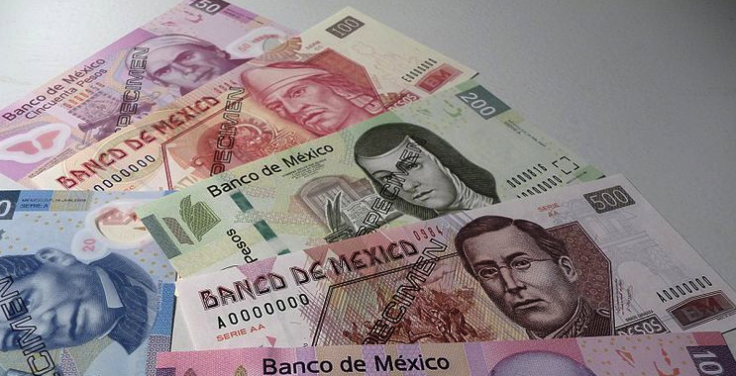The Mexican Archetype: A Simple Model For Improving Government Efficiency And Eliminating Waste

Amidst today’s pressing need for government austerity and efficiency, Mexico is employing technology to save its treasury more than $1 billion every year, an approach that other emerging economies can also adapt. To pay government salaries, pensions and social welfare benefits, Mexico is shifting from cash to electronic payments.
The fact is, for many emerging and developing countries, paying social benefits or government worker salaries is a daunting and costly task. When made in cash, these payments are highly inefficient and travel a complex path from the distributor to the individual recipient, adding significant costs to already strapped budgets. Lack of transparency in cash transactions can also create the conditions for mishandling of payments, with many documented cases of significant percentages being lost to unauthorized or incorrect payments.
Moreover, in many countries cash payments often don’t arrive in a timely manner, require waiting in long lines, and can leave recipients vulnerable to theft, further exacerbating the tenuous economic condition of many of its citizens.
There is a much better alternative: electronic payments, which are inherently more efficient and allow for timely, direct payments from government treasury to recipient. The shift from cash to electronic payments is one that more governments are making every year, including those of Colombia, Peru, Argentina, Brazil and even the United States.
While the benefits of the transition – from cost savings and transparency for the government, to safety and security for recipients – are well documented, some governments see challenges in undertaking this shift. They remain uncertain about how to manage the process and unconvinced that it will deliver a meaningful return as they face technology, infrastructure and technical capacity challenges.
The leaders of those governments should consider the findings of a new Better Than Cash Alliance study of Mexico’s shift to electronic payments that found that the Mexican government’s savings amount to an impressive 3.3 percent of the payroll, pension and social benefit payments it has shifted from cash to electronic form.
The savings are due in large part to lowering or eliminating the myriad bank fees required in a cash payment system, as well as a reduction in unauthorized or incorrect payments.
One of the most important lessons from the Mexican experience is that success required a concerted, non-partisan commitment to a long-term shift. Mexico’s Ministry of Finance and the Mexican Central Bank (Banxico) spent 15 years planning and executing the shift, though truly significant momentum resulted from budget decrees that turned the vision into rule of law starting in 2010. That time was required to ensure the creation of both the legal framework and the technology infrastructure needed to support centralization and digitization of payments.
In addition, the Mexican government decided to undertake the shift in stages, rather than take on too large a task all at once. The shift in Mexico is performing one other immensely important function: by putting a national electronic payments infrastructure in place, it is laying the foundation for banking services to reach those who have little or no access today.
The Mexican government’s leadership in electronic payments should serve as a model for other developing nations. It provides a proven path they can emulate for the good of their citizens and their economies.
Dr. Ruth Goodwin-Groen is Managing Director of the Better Than Cash Alliance, which partners with governments, the development community and the private sector to empower people by shifting from cash to electronic payments. Goodwin-Groen is the former AusAID Adviser on Financial Services for the Poor, and the Financial Inclusion Adviser to the Australian Co-Chair of the G20 Financial Inclusion Experts Group.
© Copyright IBTimes 2024. All rights reserved.





















